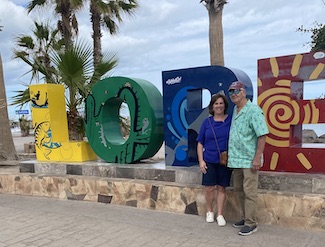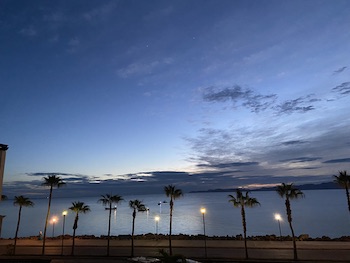Baja California Sur and the Gray Whales onboard Nat Geo Sea Lion. Ideal Expedition for Photography Enthusiasts, Wildlife Aficionados, and Binocular Enthusiasts Why? Gray Whale Migration from Alaska. The 5000-mile migration each way is one of the longest of any mammal.

Bahia Magdalena is the largest bay on the west coast on Mexico. You explore via zodiacs and local pangas for wildlife. The bay and its lagoons are used by the California gray whales as breeding and calving grounds. By Mexican regulations, local “pangueros’ are hired to take a group of 8 in their seagoing fiberglass boat or a “pangas”. 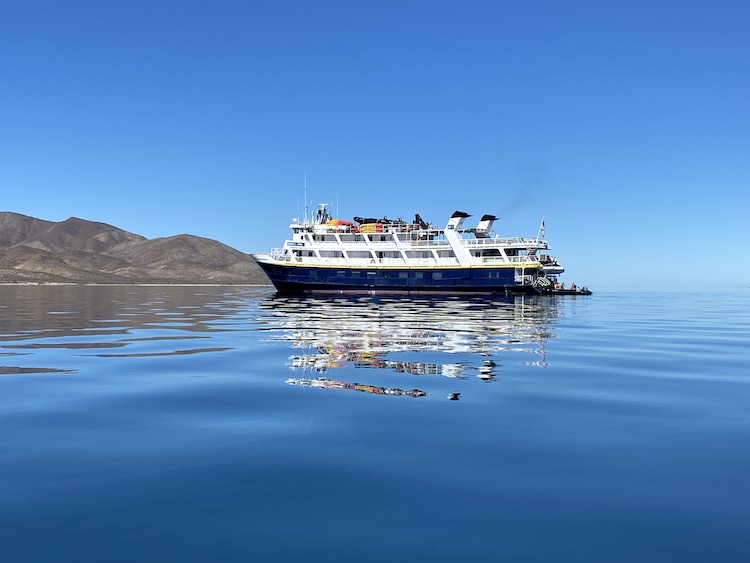
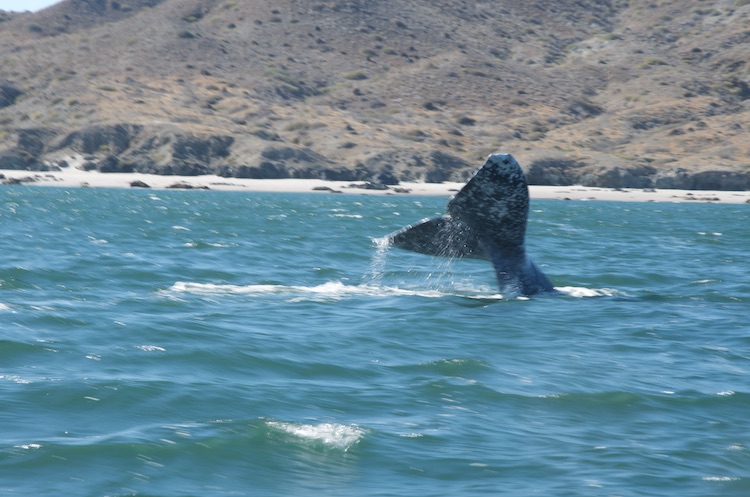
We encountered more than 40 gray whales, each averaging 45 feet in length and weighing between 30 to 40 tons, engaging in behaviors such as "spyglassing" , showing off their fluke or rolling in the water. Many of these magnificent creatures came within 10 to 30 yards of our boat. Additionally, we visited a mangrove teeming with hundreds of migratory Frigate birds and explored an island populated by hundreds of cormorants and brown pelicans.

Other activities outside of whale watching or “searching” (1 and 1/2 days of good whale watching)

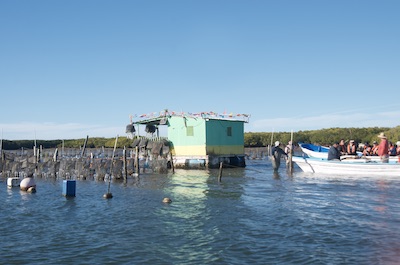
Prepare: in January - March weather low 50 -80 but runs on boats to whale watching areas can be quite cool. Bring Jacket
Best time to travel: February 1 to early March
About the National Geographic Sea Lion - Certainly an expedition vessel boasting a team of 5 naturalists and 1 photographer among its crew. Guests are treated to daily briefings providing insights into upcoming experiences and educational background information, followed by evening recaps.
The ship utilizes Zodiacs to access remote areas otherwise unreachable, enhancing the expedition experience. Additionally, there's a B&H Photo Loaner Program offering top-tier camera equipment, lenses, and binoculars for field testing, complementing the exploration.
An Open Bridge Policy fosters interaction with the crew, allowing guests to observe navigational operations firsthand. Accommodation consists of small cabins with combined toilet and shower facilities, separated by a curtain.
Public spaces include a lounge, dining room, sun deck with ample seating for approximately 30 individuals, and a dedicated viewing area at the bow of the ship. While free WIFI is available, connectivity may vary and would not recommend for remote work and with limited cell service during certain stretches of the voyage.
The ship's capacity is capped at 62 passengers, ensuring a personalized experience. Keyless entry adds convenience to guest accommodations.
Dining options feature a breakfast buffet, as well as lunch and dinner service. A snack area remains accessible 24/7, offering a selection of treats and beverages. However, meal times are strictly adhered to, which may occasionally feel inflexible. The menu boasts a diverse range of dishes, from seafood delicacies like snapper and tuna niçoise salad to international offerings such as Mexican cuisine and steak filet. Local seafood, like shrimp and lobster sourced from the area, would be a welcome addition.
Service in the dining area can feel hurried at times, with staff promptly clearing plates even if guests have yet to finish their meals. Additionally, maintenance activities, like deep cleaning, may occur during prime social hours, potentially disrupting guest enjoyment.
Laundry services are limited to dryers for wet clothes, and the vessel's steep stairs and absence of a lift may pose challenges for guests with mobility issues, warranting caution. Gratuity guidelines: $18-$25 per guest per day

Of the 37 guests on our ship, at least 20% had sailed with Lindblad multiple times
In general, I believe that voyages aboard Nat Geo's vessels, the Sea Lion and the Sea Bird, cater most effectively to travelers who relish outdoor adventures, wildlife encounters, and photography opportunities while appreciating the comfort of cruising with basic amenities.
Loreto, Mexico – the start of your trip. Located on the Gulf of California. Its colonial buildings include the Misión de Nuestra Señora de Loreto, a 17th-century church. Off the coast, the islands and waters of Bahía de Loreto National Park are home to dolphins, whales and pelicans. The city is backed by the Sierra de la Giganta Mountain range, where trails lead to prehistoric cave paintings. Several nice shops and restaurants to enjoy. Another option is the Loerto Expeditions Glass Bottom Tour or a catarman around the Sea of Cortez.
Interesting in delving deeper and learning more about Lindblad, click here.
